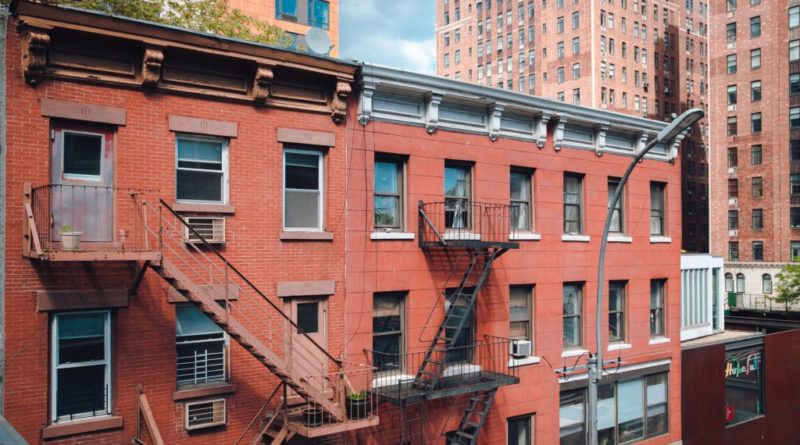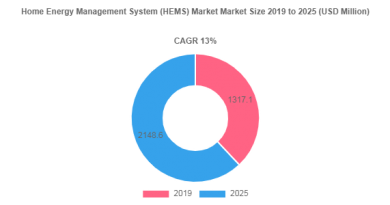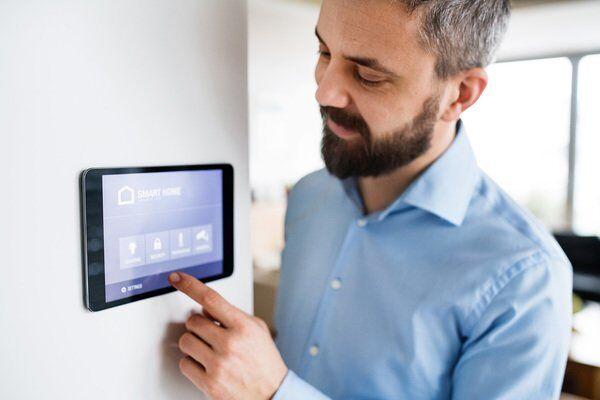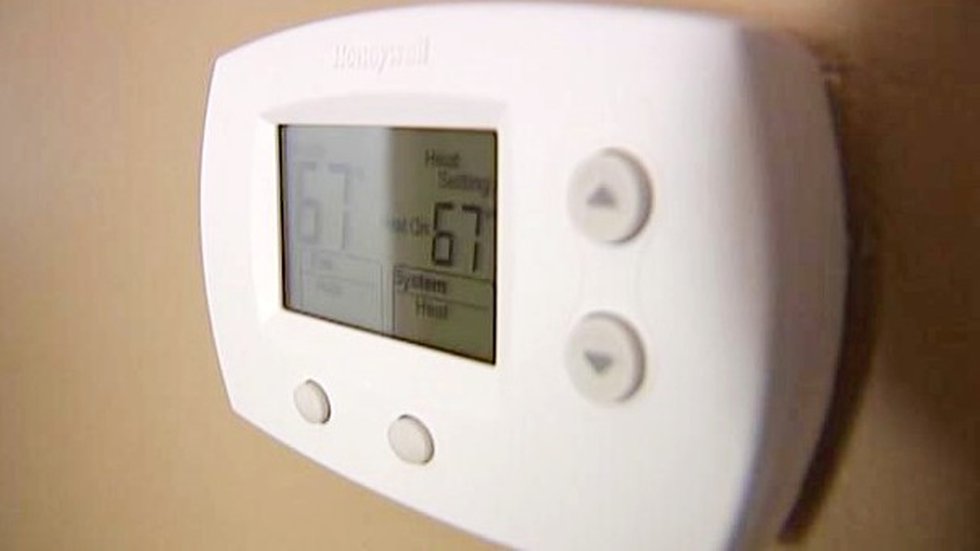Energy efficiency is for renters, too – American City & County
Energy Disrupter

The summer of 2021 has brought a new reckoning with climate change, amid deadly heat waves, wildfires, floods—and now, an urgent warning from the United Nations. The message is clear: we need to dramatically reduce greenhouse gas emissions—and fast.
Of all the strategies to reduce emissions, energy efficiency may be the least painful and most rewarding. Retrofitting homes with insulation and efficient appliances saves money while improving residents’ health and comfort. And, since home energy use accounts for about a fifth of U.S. greenhouse gas emissions, efficiency can substantially cut our carbon footprint. Energy efficiency upgrades also create jobs at many skill levels. It’s a win-win-win.
But in the United States today, the benefits of energy efficiency are mostly enjoyed by homeowners who can afford the upfront costs of upgrading their property. Our nation’s large population of renters misses out on living in efficient homes. And we all miss out on a relatively easy way to bend the curve of greenhouse gas emissions and stave off disastrous climate change.
A new report by the American Council for an Energy Efficient Economy (ACEEE) shows how local governments can help renters access the many benefits of energy efficiency. The report grew from a learning group of local government employees, organized by ACEEE and the Urban Sustainability Directors Network, which met virtually in 2020 and 2021.
The report shows that the benefits of energy efficiency are not going to those who need them most. Renters represent a large share of the American population: more than 44 million U.S. households (36 percent) rented their homes in 2019—an increase of nearly 8 million from 2004. And nearly one-third of renter households have high energy burdens, meaning they spend more than 6 percent of their income on energy bills. In part, that’s because rentals consume 15 percent more energy on a per-square-foot basis and have 30 percent higher energy costs than other homes.
There are several reasons for this. First, renters typically have little control over housing conditions; property owners must approve any upgrades. And even where tenants are allowed to make improvements, many are unable to afford the upfront cost on their own. Moreover, if renters pay their own utility bills, landlords have little reason to invest in efficiency upgrades.
These challenges were made worse by the pandemic. Some landlords who lost rental revenue during the shutdown have delayed maintenance and upgrades that would have lowered energy bills and greenhouse gas emissions. And, as the federal eviction ban remains in limbo, energy burdens weigh more heavily than ever. The nation’s most vulnerable tenants may be forced to choose between keeping the lights on and keeping a roof over their head.
While documenting the problem, the ACEEE report also shows how local governments can improve energy efficiency in rental properties. Importantly, the report offers strategies to improve efficiency while increasing housing affordability.
A good first step is to pore through housing and demographic data, to identify neighborhoods with large shares of renters. And community engagement is key to crafting policies that respond to the concerns and lived experiences of those in need.
There is an extensive menu of policy options. For example, local governments can grant renters the right to make efficiency improvements, and make funds available for that purpose. To help tenants choose more efficient buildings, governments can require landlords to disclose rental units’ energy use. More broadly, governments can set standards for energy efficiency and help affordable housing providers comply. And they can boost job creation by combining public housing efficiency upgrades with inclusive workforce development.
The report offers inspiring case studies, as well. For example, in Minneapolis, the 4d Affordable Housing Incentive program helps preserve the city’s stock of low-cost rentals. Through the program, property owners can reduce their taxes by keeping at least 20 percent of units affordable to low-income residents. Participating properties can also join the city’s 4d Energy Efficiency program, which provides up to $50,000 in retrofit incentives per building.
More inspiration comes from Boulder, Colo., which adopted the SmartRegs policy in 2010 as part of its climate action plan. The policy requires all rental properties to meet an energy efficiency standard, while the city’s EnergySmart program offers landlords technical and financial assistance to make efficiency improvements. By the end of 2019, 99 percent of Boulder’s rental units met the SmartRegs standard.
There’s more: In Fort Collins, Colo., the Epic Homes program has taken steps in recent years to provide more owners of rental properties with energy efficiency assessments, no-cost upgrades, rebates and on-bill financing. And Milwaukee offers two rental rehabilitation loan programs that landlords can use to cover the cost of energy efficiency and other property improvements.
As climate change accelerates, governments must use every strategy available to reduce greenhouse gas emissions. Energy efficiency is the ultimate no-regrets approach: it reduces emissions while saving money and creating jobs. And, by extending the benefits of energy efficiency to renters, we can lighten their heavy energy burdens and keep vulnerable families in their homes. The ACEEE report illuminates the path to that important goal.
Laurie Mazur is the editor of the Island Press Urban Resilience Project, which is supported by The Kresge Foundation and The JPB Foundation. Her writing has appeared in Quartz and The Hill.
Original Source: https://www.americancityandcounty.com/2021/08/20/energy-efficiency-is-for-renters-too/















